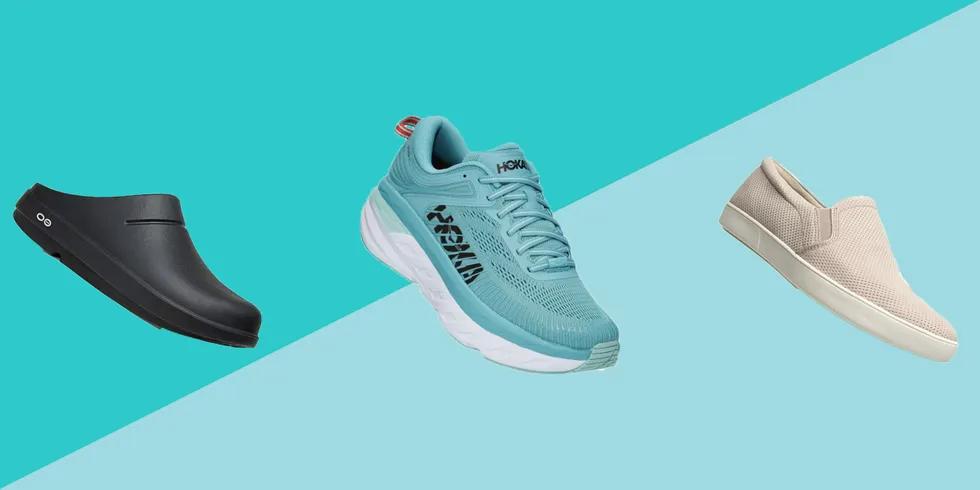Shopping for footwear is more important than shopping for apparel. However, choosing the ideal shoe might be tricky. Where do you start when there are so many designs, brands, and prices to select from? Not all brands provide ultimate functionality and form. Wearing the right shoes may affect your entire body and how you perform during the day, helping you feel more at ease and preventing injuries. Here are some suggestions about what to look for when choosing footwear to prevent injuries like Heel cracks, or Cracked heels:
Effective Insoles: If your podiatrist has prescribed orthotics, be sure the insole of your shoes can be removed to fit the orthotic. If you have orthotics, make sure they go in the shoe without hurting your toes or enabling the footwear to fall off.
Consult your podiatrist if you're uncertain. These experts are always ready to help with the identification, therapy, and protection of a wide range of foot ailments, and they would be happy to help you pick the right shoe.
Flexion of the forefoot or toes: The shoe must bend where your toes curl, rotate, and stretch naturally with your foot. To test, place a hand at either end of the footwear and bend it in half. The stretch in the shoe must only be where the toes bend naturally, around three-thirds of the way back, and not in the middle.
Toe Spacing: Your footwear should not be forced or twisted around your toes. They must also avoid placing strain on your toes from the side since this will cause your toes to squash together.
Stiff Back or Heel Counter: Grip the heel with one hand and the shoe right above the heel with the other. You shouldn't be able to squash the shoe, nor should you be able to move it side to side around the heels. If you can, you are sure to end up with Heel cracks, or Cracked heels.
Gradient from Toe to Heel: From the base to the toe of the footwear, the appropriate elevation, or drop in height, is roughly 1.1-1.2cm. This enables the ankle to move quickly, which aids with foot and tailbone support.
Turning Force in a Minimal Amount: If you grip the shoe from both ends, you should be able to twist it slightly. Your feet will have tremendous lateral and medial stability and a sturdy basis as a result of this.
Feel At Ease Right Away: It goes without saying. When you put shoes on your feet for the first time, they should feel comfortable. Your new shoes shouldn't require any "breaking-in" or "acclimating."
Requirement for Arch Support: Based on your foot type, a podiatrist or a skilled shoe salesperson can help you determine how much arch support you need. Consult a podiatrist if you're unclear about your needs or the sort of foot you have.
Summing Up
Proper footwear can keep your legs happy, make regular exercise more pleasant, and keep your body safe from injury. You'll feel more at ease being proactive when choosing what fits you well, is suited for your everyday activities and lifestyle, and protects your legs, feet, and joints. Any foot problems should be handled with a podiatrist. They might be able to recommend therapy or a specialty store where you can get shoes that are suitable for you.
Also read about:
All you need to know about subscription payments
How are deck tiles beneficial for your home exteriors
Treat yourself to a spa weekend in Sydney

